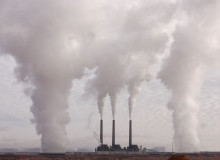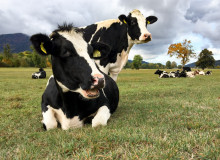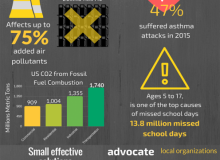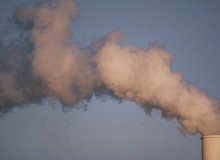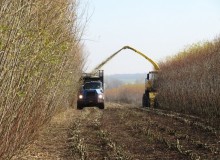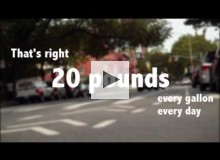emissions
Northwestern University
The University of Michigan is investing millions to create technologies that capture carbon dioxide and turn it into products, though experts say some may not help reduce greenhouse gas permanently. Roxanne Liu and Minghe Hu report.
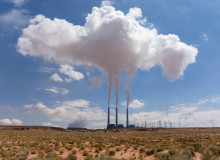
The Navajo Generating Station, a coal fired power-plant near Page, Arizona. (Myrabella/Wikimedia Commons)
State University College at Buffalo
Climate scientists from around the globe have laid out the maximum amount of CO2 that can be emitted into the atmosphere while still maintaining the 2°C increase in temperature. This threshold is called the carbon budget. But what exactly is it?
Loyola University Chicago
Sweden's former Minister of the Environment, Andreas Carlgren, instructs students at The Newman Institute in Uppsala, Sweden, and in this Q&A, provides unique insight into the environmental consciousness that pervades the country.
Planet Forward Senior Correspondent | Cornell University
Beef is a major player in our food system, but at what cost? Correspondent Katherine Baker discusses the effects of beef on the environment and our health in this op-ed.
George Washington University
Traffic congestion in urban cities have contributed a significant portion of greenhouse gases like CO2 to air pollution and that has direct correlation to an increase of health effects, especially asthma in children.
State University College at Buffalo
Susan Anenberg, an expert in public health and environmental science, sat down with Planet Forward to discuss the implications that unchecked pollution can have on human life.
SUNY ESF
The many-specied, woody, short rotation crop goes beyond use as a renewable biomass.
Did you know that every gallon of gas you burn creates 20 pounds of CO2?
Cheaper, convenient, more sustainable, & owning Penn Ave - just a few of the reasons to bike in DC.
PlaNYC aims to reduce greenhouse gas emissions in New York City by 30 percent over a 25-year span.

